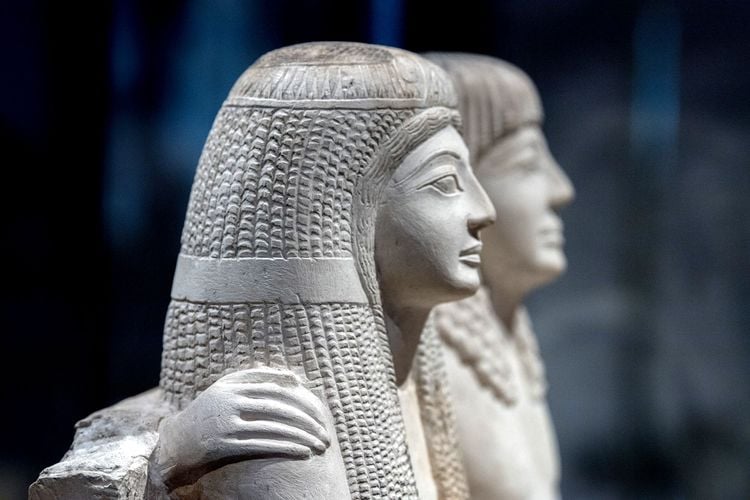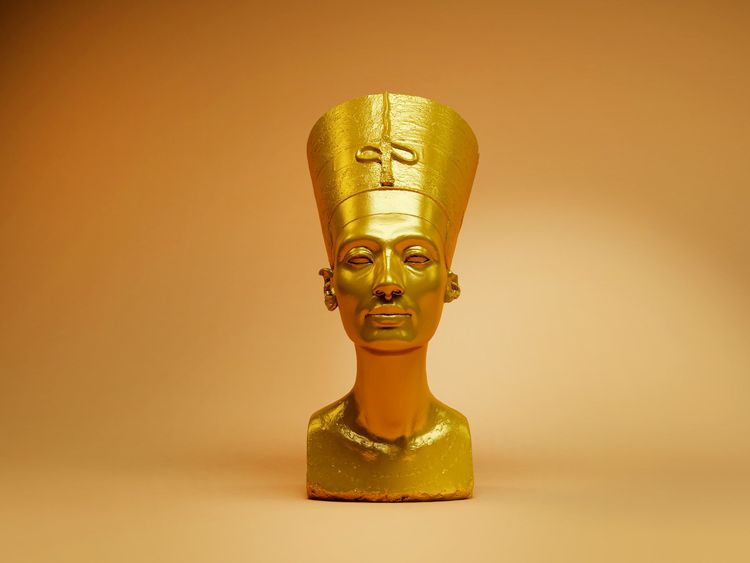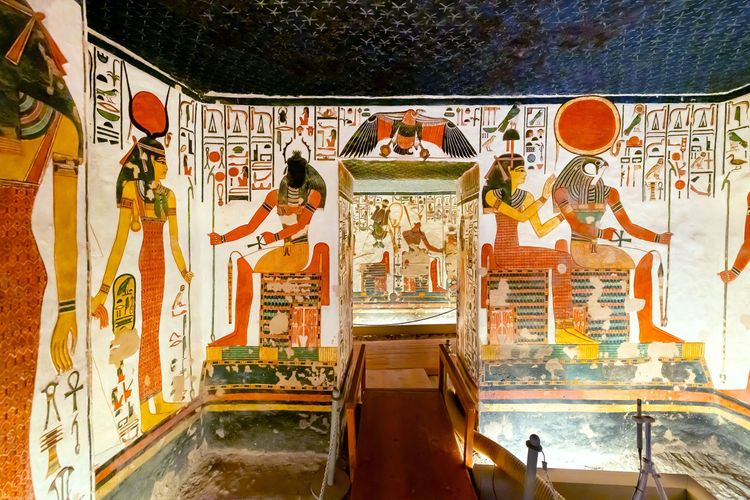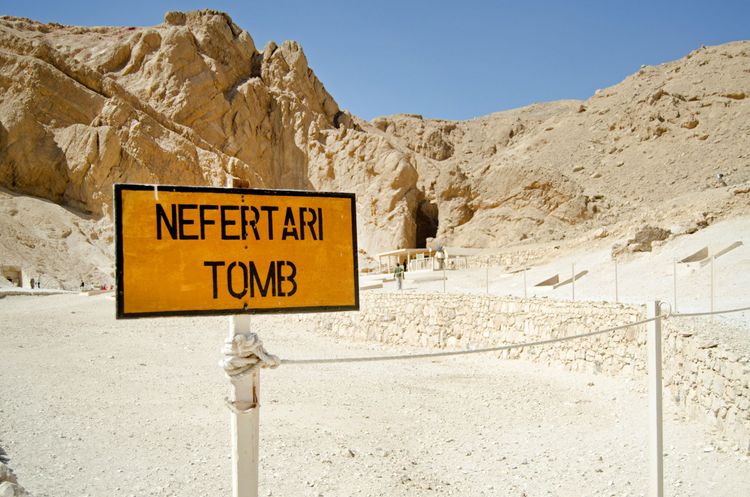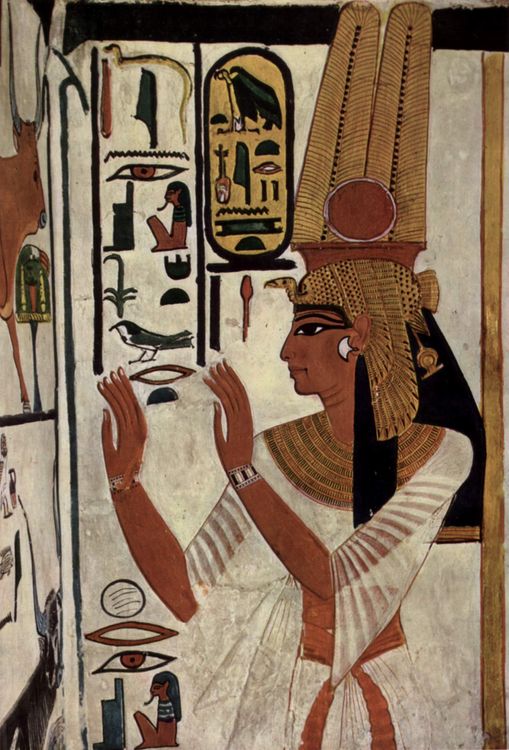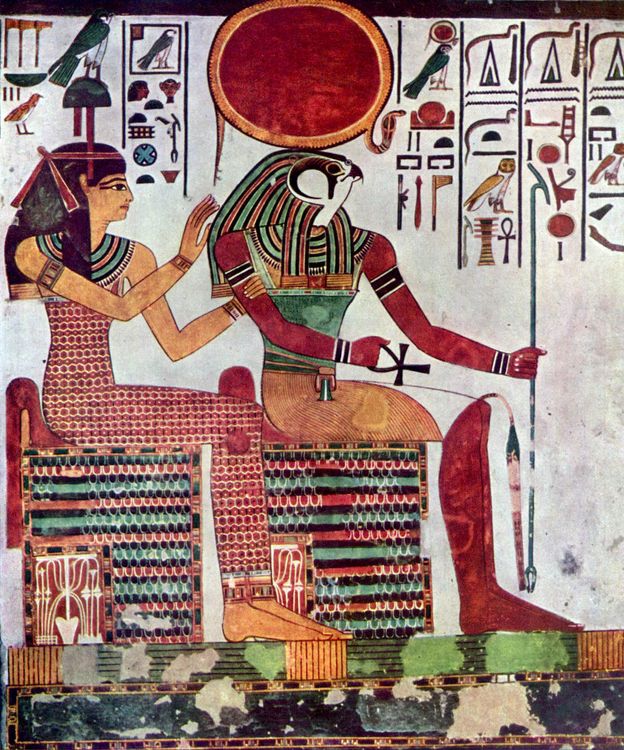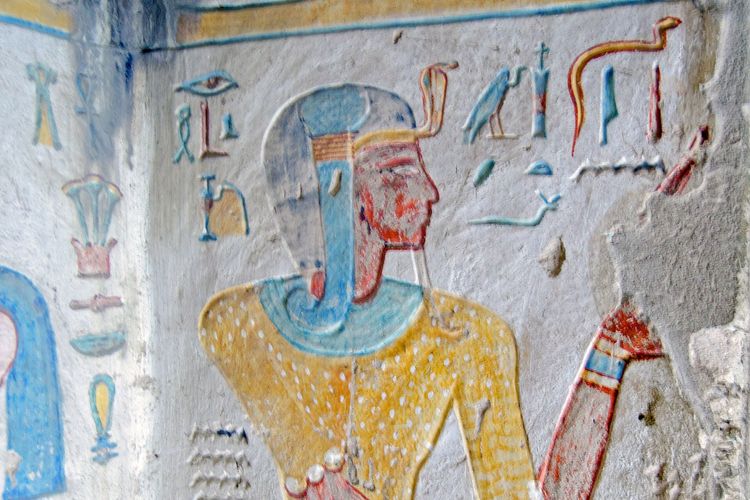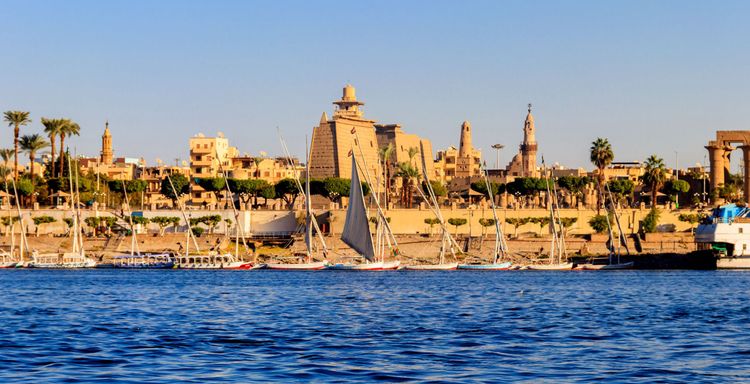Luxor and the surrounding region are home to a wealth of Pharaonic remains. The Valley of the Kings and the Valley of the Queens are on the west bank of the Nile, as is the tomb of Queen Hatshepsut. Why is this so? Because the ancient Egyptians were attentive to everything that nature, and therefore their gods, put before them. They saw it as symbolic. So it was natural that the dead of the Pharaonic aristocracy should be laid to rest in the west, because that's where the sun sets. This was a way of pledging allegiance to the god Ra.
 Luxor
Luxor
